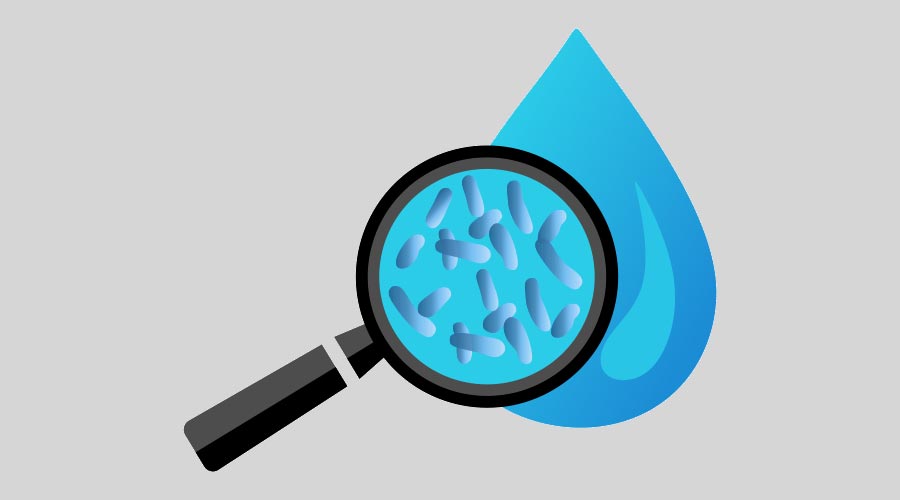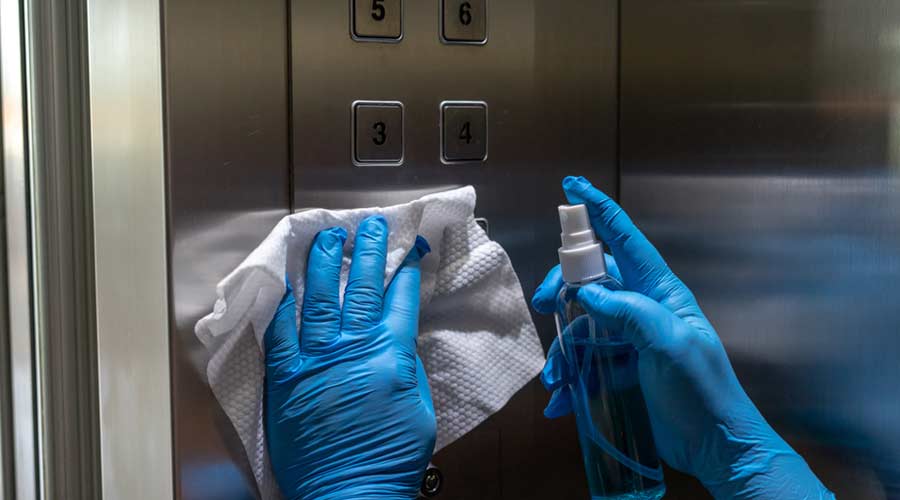
ASHRAE recognizes the growing concern surrounding the recent clusters of Legionnaires’ disease cases, specifically in New York City and parts of Ohio, reaffirming the Society’s commitment to supporting public health and building safety through accessible guidance on Legionellosis risk management.
Legionnaires’ disease, a serious form of pneumonia caused by Legionella bacteria, is most commonly associated with water systems where water is not adequately monitored or treated. After periods of heavy rains and flooding, there is an increased risk of Legionnaires' disease due to potential contamination of water sources and disruptions to water systems. Flooding can mobilize Legionella bacteria-rich biofilms in water systems, leading to higher bacterial loads and potential colonization of the built environment. While the disease has been known for decades, recent outbreaks have underscored the importance of consistent, comprehensive water management practices in facilities of all sizes and types.
To assist building professionals, public health officials and facility managers in managing this risk, ASHRAE offers two key resources:
- ANSI/ASHRAE Standard 188-2021, Legionellosis: Risk Management for Building Water Systems, establishes minimum risk management requirements for the design, construction, commissioning, operation, maintenance, repair, and expansion of building water systems. Written in enforceable language, the standard is designed to facilitate integration into building codes and public health regulations.
- ASHRAE Guideline 12-2023, Managing the Risk of Legionellosis Associated with Building Water Systems, serves as a companion to Standard 188, offering practical, system-specific guidance on reducing the risk of Legionella growth and transmission. The guideline addresses common sources of exposure, including potable water systems, decorative fountains, whirlpool spas, cooling towers, and humidifiers. Additional sections cover U.S. water treatment regulations related to incoming water quality, Legionella monitoring, and personal protective equipment (PPE) considerations.
“Healthy buildings depend on comprehensive water management strategies,” says 2025-26 ASHRAE President Bill McQuade, P.E., CDP, Fellow ASHRAE, LEED AP. “As concerns about indoor environmental quality and public health continue to grow, it’s vital that building owners and operators have access to proven, science-based resources like ASHRAE Standard 188 and Guideline 12. These tools are designed to support safer environments through practical and preventive measures related to water quality and legionella risk mitigation.”
Recent outbreaks highlight the ongoing need for vigilance in managing both public water distribution networks and building water systems, especially as many buildings operate under varying occupancy levels and our water utility infrastructure is aging. ASHRAE’s guidance offer design teams, building managers and health officials a structured approach to mitigating risk and protecting occupants.
“Our Society remains focused on supporting healthy buildings through better air, better water, and better system design. We encourage the building community to take advantage of the resources we’ve developed to help prevent future outbreaks,” says McQuade.
To access ASHRAE Standard 188 and Guideline 12, or for additional resources on Legionellosis risk management and water safety, visit ashrae.org/Legionella.

 Celebrating BSCAI's 60th Anniversary eBook
Celebrating BSCAI's 60th Anniversary eBook The Down and Dirty on Cleaning in Virus Season
The Down and Dirty on Cleaning in Virus Season How Surfactant Use is Expanding in Commercial Cleaning
How Surfactant Use is Expanding in Commercial Cleaning